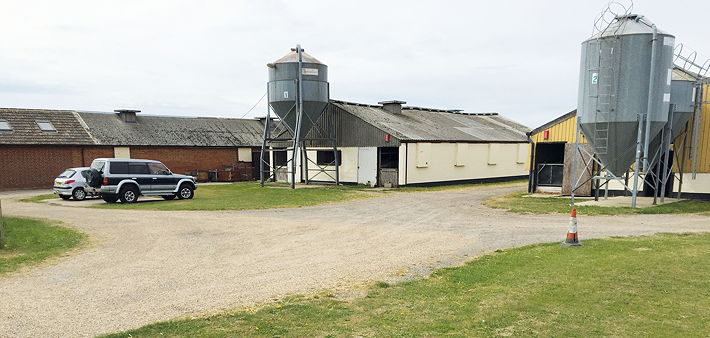Paul Thompson is a veterinarian and director at Garth Pig Practice. He has been treasurer of the Pig Veterinary Society for many years
Alerts for dysentery and other pig health issues provide valuable information, particularly on a national level, as to what is going on with these serious diseases.
All producers can receive them by registering via the Pig Hub. However, following an alert we are frequently asked by pig producers for more information on precise locations.
The point of the charter is to allow disease to be reported with a degree of geographical accuracy down to postcode area, while retaining anonymity. We ideally want all producers signed up, and anonymity is one of the best ways to ensure this happens. My response to these questions is to ask questions of my own on biosecurity.
These reported cases are potentially the tip of the iceberg. There may well be cases on farms not signed up to the charter, and others where disease is either subclinical (disease organism is present but not causing disease) or is still incubating in the herd but is capable of spread. Therefore, the safest route is to act at all times as if dysentery is on your doorstep.
We shouldn’t just be ramping up biosecurity if there is a disease in postcode area. And remember, many of the precautions to keep dysentery out are important to also exclude other notifiable disease such as ASF.
On another topic, it is great news that the Pig Health Scheme is again producing data. The scheme gives up-to-date and ongoing information on pigs, scored independently in the abattoir on levels of pneumonia, pleurisy, tail bites and dermatitis.
We would urge all producers to sign up and to try to arrange sending pigs to abattoirs on qualifying days.
However, lung scores do not always give the whole picture of respiratory disease on a farm, so must be discussed with your vet. For example, early pneumonia may well have resolved by the time the pig is slaughtered. What was a severe pneumonia in flatdeck by slaughter may have resolved down to some shrunken tissue. Pleurisy at slaughter is basically scar tissue.
In the acute phase, pleurisy consists of very delicate strands of fibrin that, over time, become organised into fibrous tissue, which sticks the surface of the lung to the inside of ribcage. As these are torn off, they leave fibrous tags stuck to the ribcage, which have to be trimmed off (hence condemnations).
However, once formed these last a very long time, so pleurisy at slaughter can have formed at any stage of the pig’s life. So, while pleurisy level gives an indication of levels in a herd, it doesn’t give all the information we need.




